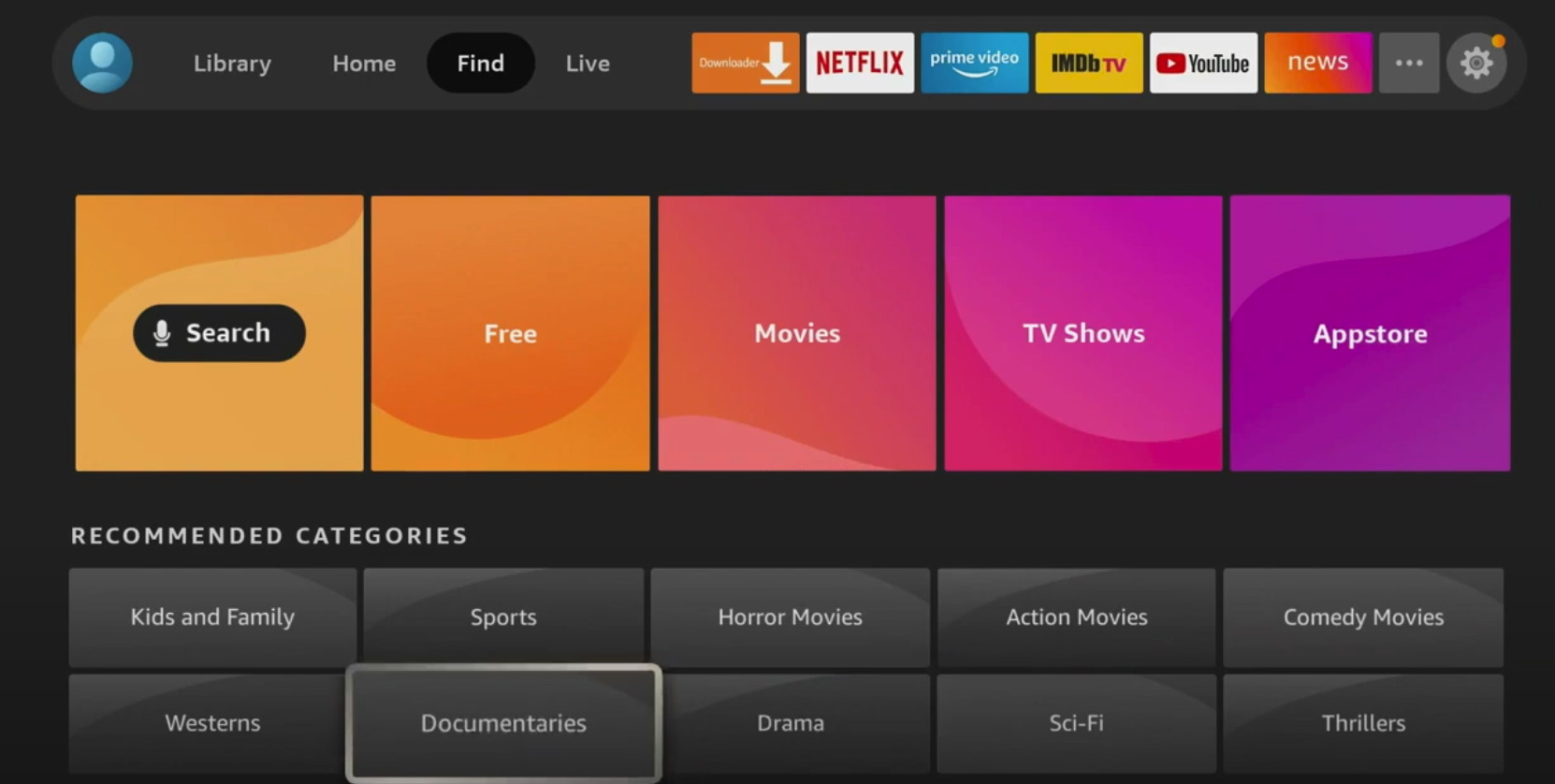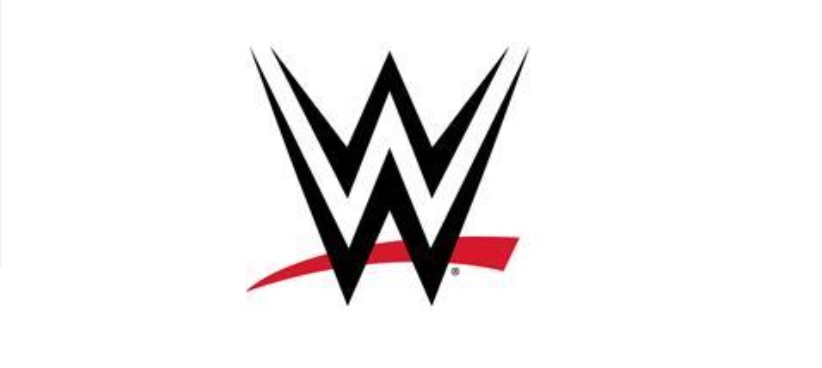Millions of people have made the decision to cut cable TV from their monthly budgets over the past decade. Many identify the overall costs associated with the services as the primary reason for doing so. Because of this, there has been chatter any time a streaming service raises its prices. The reaction has gotten pretty predictable. People say “Streaming is getting as expensive as cable” They are cheered on by articles that break down the costs of streaming with a straw man argument that sees the average family basically subscribing to the most expensive version of every major streaming service for all I can describe it as “reasons” then compares the costs to the introductionary level of pricing that a cable company charges for new customers.
The arguments that cord-cutters may as well have cable based on the cost of streaming are pretty ridiculous, though it is possible to add so many services that one can approach the 200 or more dollars that a basic cable plan costs. But it is possible that over the next few years the cost of various services will rise to the point where customers drop them or decide not to add them in the first place. This could be especially commercial-free premium-style services like MAX, Disney+ and Netflix. But there is a possibility that they could go down. It all depends on what people expect.
According to Alan Wolk, discouraging customers from using commercial-free services may well be by design. There has been a long-running sentiment that streaming services were underpriced. Especially the ones with all exclusive content like Disney+. Keep in mind, it is not Disney’s responsibility to house its content, make it all available, and spend billions on original content regardless of whether it makes money. Though one can definitely argue that Disney never had to pull all of its content onto its own service in the first place. But unless it plans to shift gears (like WBD has) Disney has to make Disney+ profitable. And the way it will do so is either by finding new customers, getting customers who have the service to pay more, or by double dipping with subscriptions that also allow them to sell advertising. Disney, Netflix and MAX have all begun to market lower-cost ad-supported tiers as a way to encourage new customers who would then allow the companies to use their base to fund more programming via blocks of commercials sold to eager advertisers.
The question is, will customers be interested in having commercials added to programming that did not originally have them? Wolk thinks that services would rather have customers spend less up front and make up for the lower subscription cost with ad sales. That has been Hulu’s model from the beginning. In fact, when the service first launched as a computer-based streaming service it didn’t cost anything at all. The fees began when it launched streaming apps (Hulu Plus) for set-top boxes. If the strategy works then costs will likely stay down. Hulu has said in the past that its ad-supported tier is its most popular one. It often sells subscriptions to the less expensive service at a heavily discounted price during November as part of Black Friday and Cyber Monday sales.
Most television viewers grew up with commercials as part of their nightly routine. Only the premium TV channels operated without them. So if you you didn’t use HBO, Showtime and the like commercials accompanied every kind of TV show whether news, TV movies, sitcoms, or sports. It’s only with the rise of Netflix, Amazon Prime, and other streaming services that people have gotten used to inexpensive premium programming without commercials. If people are willing to understand that TV is a platform for selling products and not simply to entertain and inform then we will likely see pricing calm down. But if customers decide that they can afford another 2-3 dollars per month per every service they subscribe to, then the industry will push it to the breaking point.





